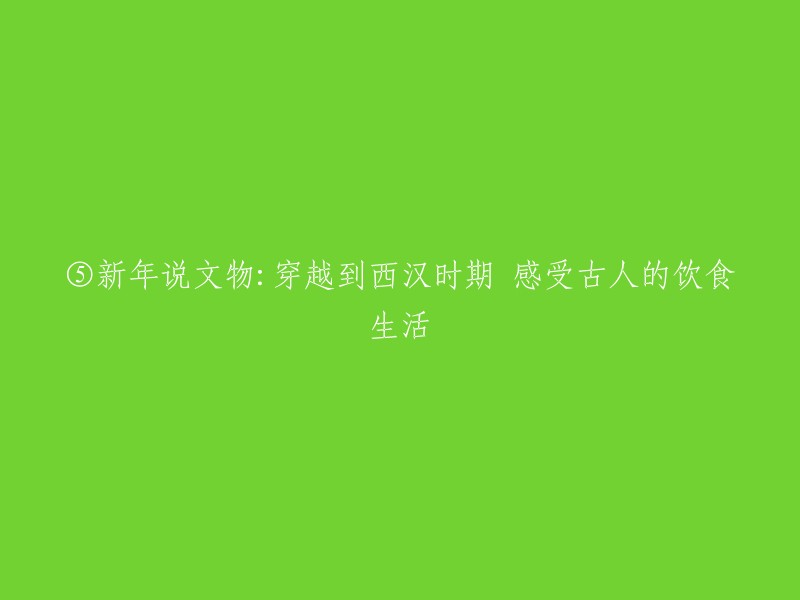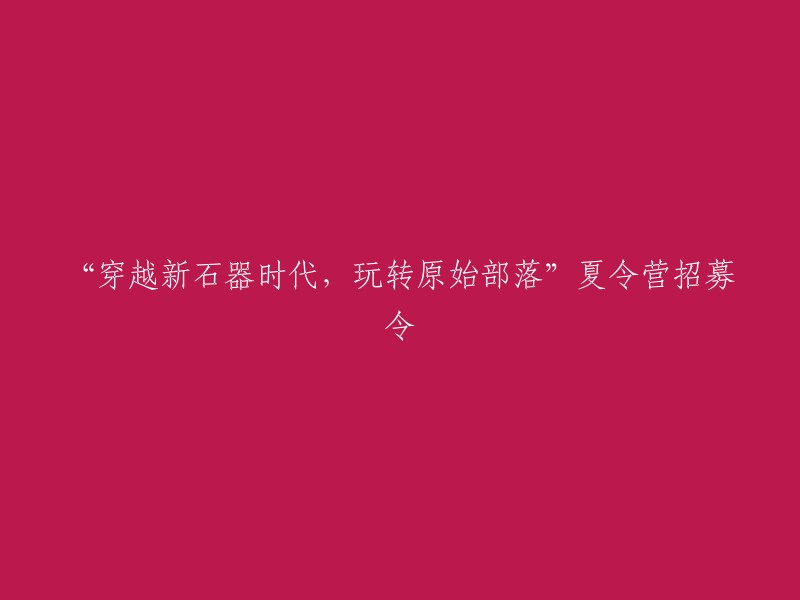The Chinese Spring Festival, also known as Lunar New Year, has a history of over 4,000 years. As one of the traditional Chinese festivals, it is the grandest and most important celebration for Chinese people. It is also similar to Christmas Day in that it is a time for families to come together. Originating during the Shang Dynasty (approximately 17th-11th century BC), the Spring Festival, which celebrates family reunion, is full of rich and colorful activities and symbolizes hope with the advent of spring and flowers blossoming. People from different regions and ethnic groups celebrate it in their unique ways.
The Spring Festival, also known as Chinese New Year, is a traditional holiday celebrated in China. According to the lunar calendar, this holiday lasts for almost half of a month, with the exact dates varying each year. In folk custom, the holiday typically lasts from the 23rd day of the twelfth month to the 15th day of the first month (Lantern Festival). However, the New Year's Eve and the first day of the New Year are considered peak times during this festive period.
The schedule of the Spring Festival has changed over the years, with different years falling on different zodiac animals according to the Chinese Zodiac. For example, 2012 was the Year of the Dragon, 2013 was the Year of the Snake, 2014 was the Year of the Horse, 2015 was the Year of the Sheep, 2016 was the Year of the Monkey, and 2017 was the Year of the Rooster. The exact dates are provided in the following table:
Year Date Holiday Chinese Zodiac
---|---|---|---
2012 | January 23 | January 22-28 | Dragon
2013 | February 10 | February 9-15 | Snake
2014 | January 31 | January 31-February 6 | Horse
2015 | February 19 | February 19-25 | Sheep
2016 | February 8 | February 8-14 | Monkey
2017 | January 28 | January 28-February 3 | Rooster
In addition to these specific dates, it is important to note that the Spring Festival holds significant cultural and historical importance in China. It is a time for families to come together, share meals, exchange gifts, and participate in various traditional activities such as fireworks displays and dragon dances. As such, it is a cherished tradition that continues to be celebrated by many people in China and around the world.
The Spring Festival is the most important festival in China. It is said that the custom of celebrating the Spring Festival started when people offered sacrifices to their ancestors in the last month of the Chinese lunar calendar. At that time, people prepared for the sacrifice by doing thorough cleaning and taking baths. Later on, people began to worship different deities as well on that day. It was a time when almost all farm work was done and people had free time. The sacrificing time changed according to the farming schedule and was not fixed until the Han Dynasty (202BC-220AD). The customs of worshipping deities and ancestors remain even though the ceremonies are not as grand as before. It is also the time when spring is coming, so people hold all kinds of ceremonies to welcome it.
In Chinese culture, the Spring Festival is celebrated with great enthusiasm and has numerous legends associated with it. The festival is also known as "guonian" in Chinese folklore, which translates to "passing a year." According to legend, in ancient times, there was a fierce monster known as "nian" that used to eat humans and animals every day during the New Year's Eve. To protect themselves from this monster, people would hide until late at night when the nian came out to hunt.
Later on, it was discovered that the nian was terrified of the color red and loud noises like fireworks. Therefore, people started using red decorations like lanterns, couplets, and clothing to scare off the beast. This tradition continued over time and has now become an essential part of the Spring Festival celebrations.
Festivities begin seven days before the New Year's Eve, and according to the Chinese lunar calendar, various preparations need to be made beforehand. These include cleaning the house thoroughly on December 24th, buying meat and other supplies on December 26th, and many more activities that vary from region to region. All these activities are meant to welcome good luck and prosperity in the new year.
The festivities continue until January 15th of the lunar calendar when the Lantern Festival marks the end of the Spring Festival celebrations. During this time, people participate in various customs and practices such as dragon and lion dances, eating dumplings, and setting off fireworks. The Spring Festival is not just about celebrating the start of a new year; it is also a time for reunions with family members, exchanging gifts, and wishing each other good health and happiness in the coming year.
During the Spring Festival, every family does a thorough house cleaning and purchases enough food for the festival period. This includes fish, meat, roasted nuts and seeds, all kinds of candies and fruits, etc. In addition, new clothes must be bought, especially for children. Red scrolls with complementary poetic couplets are pasted at every gate, while the Chinese character '$'Fu'$ is pasted on the center of the door. Paper-cut pictures adorn windows.
The Spring Festival marks the start of a new year and is considered an omen for the upcoming year. During this period, there are several taboos that people must follow. Certain bad words related to death, brokenness, killing, ghosts, illness, and sickness are forbidden during conversations. Some places have even more specific details in their taboos, such as not allowing an empty barrel of rice to be present, as they believe it symbolizes an empty stomach in the coming year. Additionally, taking medicine on this day is prohibited as it is believed to cause continuous sickness throughout the year.
Food plays an integral role in the Spring Festival celebrations and has its unique characteristics. It is an essential part of Chinese festival food culture and represents tradition and unity. Dumplings and the reunion dinner are particularly important during this time. Both hot and cold dishes are served together to create a balanced meal. Fish is also a significant dish as it symbolizes wealth, and people hope to have a prosperous year ahead.
The Spring Festival is a time for families to come together and enjoy each other's company. The best places to go during this festival vary depending on one's preferences and location. For example, visiting temples or attending local fairs can provide a unique cultural experience. However, some may prefer to spend time at home with their loved ones or travel to popular destinations known for their festive atmosphere. In summary, the Spring Festival is a time to celebrate new beginnings while honoring traditions and spending quality time with family and friends.
During the Spring Festival, people in China engage in a variety of activities and traditions to welcome the new year. If you're looking for a great place to celebrate, Beijing, Guangzhou, Xian, and Pingyao are all excellent options. But if you don't want to travel too far, consider visiting the local Chinatown. There, you can experience the unique atmosphere of Chinese New Year without having to travel long distances.






